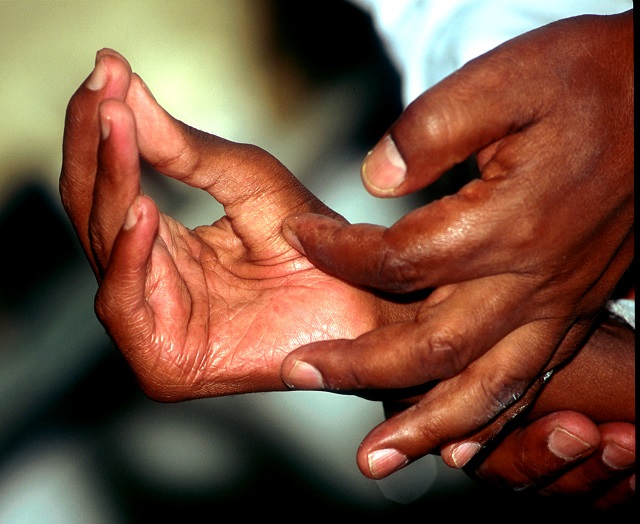
Kampala, Uganda | THE INDEPENDENT | The number of leprosy cases being reported annually is on the decrease according to the ministry of health.
According to figures from the health ministry, a decrease of 20 new infections was reported in 2020 compared to 19 in 2019. Health experts say this is good since it will lead to a reduction in cases over time.
Leprosy is an airborne bacterial infection that primarily affects the nerves. It can damage the nerves, skin, lining of the nose, and upper respiratory tract.
Dr Rose Kengonzi, a senior medical officer and Leprosy Coordinator at the National Tuberculosis and Leprosy Control Programme (NTLCP) attributes the decrease in new leprosy infections to better adherence to treatments which has led to a reduction in the spread of the disease.
The disease is treated using multidrug therapy consisting of TB medication given for 6-12 months depending on the severity of the infection. She says of late, records from the program show that at least 90 percent of the patients adhere to treatment.
She also attributes the high uptake of the Bacille Calmette-Guérin(BCG) vaccine as one of the reasons that the cases are dropping. According to the ministry of health, the uptake of the vaccine stands at 89% nationally. Leprosy experts say the uptake of the vaccine needs to be increased.
Uganda was declared leprosy free over five years ago. Dr Stavia Turyahabwe, the programme manager of NTLCP says that for the country to report zero cases of the disease, more children need to be vaccinated against the disease.
“In Uganda, the least percent of the cases that we get are from children. This might look like a small margin but it does not mean that children are not spreading the disease to adults. To eliminate the disease, we need to make sure our vaccination rate for BCG stands at 100 percent,” Turyahabwe said.
The common symptoms of the disease are skin liaisons which appear as skin patches that do not respond to any treatments. Also, numbness and paraesthesia in the hands and legs might be experienced.
The highest cases of leprosy are reported in Arua, Koboko, Zombo, Yumbe, Kumi, Mayuge, Kasese and Gulu. According to the World Health Organisation, globally 200,000 cases are diagnosed each year.
*****
URN
 The Independent Uganda: You get the Truth we Pay the Price
The Independent Uganda: You get the Truth we Pay the Price



